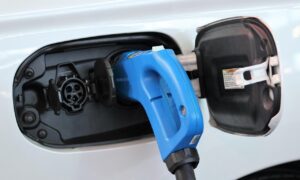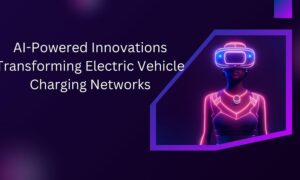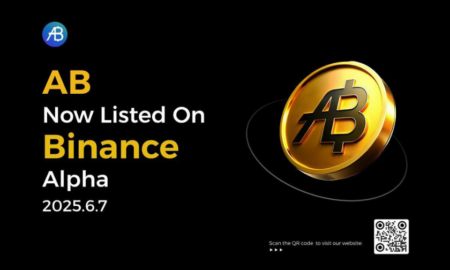-
Look Beyond the Sticker Price
The price you read on the car’s window is not the full story. Electric vehicles can be cheaper in the long run due to reduced maintenance costs and fewer trips to the pump. But even before we get to that point, it helps to consider what is included in the purchase price.
Some dealerships provide incentives at the point of sale. These may not be heavily advertised, so it is worth inquiring about discounts, promotional pricing, or dealer cash. These offers can reduce the price without having to bargain. Timing matters too. Purchasing at the end of the month or off-season months, such as December, can make a huge difference. Salespeople may have targets to meet and may be more willing to negotiate or throw in extras.
Trade-ins also play a role. Many buyers fail to take into account their current car. A properly maintained trade-in can save a few thousand dollars on the total. And although not every dealership pays top dollar, a little comparison shopping between dealers can help boost the value of your trade.
-
Take Advantage of Incentives and Credits
Government programs are designed to make it easier to afford electric vehicles. Federal tax credits are the most well-known. Depending on the make and model, a new EV could come with a tax credit of up to $7,500. That’s a big discount, even if it’s not applied directly to the purchase price. While this amount doesn’t reduce the cost on the day of purchase, it can lower your tax bill when it comes time to file.
State and local incentives are worth checking out, too. Some states offer rebates, tax credits, or even discounts on vehicle registration. In a few places, EV buyers get access to carpool lanes or free parking in city centers.
Utilities are also getting in on the action. Some energy providers offer rebates for buying or leasing an electric vehicle. Others may offer lower electricity rates for charging your car at night. A quick phone call to your utility company could uncover savings that most buyers overlook.
Charging equipment can also contribute to the savings. Home charging stations are a must for most EV owners. The good news is that some states and cities offer rebates to help with the cost of installation. These programs can cover a large portion of the expense and make home charging more affordable.
-
Consider Leasing Instead of Buying
Leasing is becoming a more popular option for driving electric vehicles without the long-term commitment. One of the greatest benefits is the lowest monthly payment. Lease agreements are usually cheaper per month than a traditional car loan, enabling buyers to drive newer models at a lower out-of-pocket cost.
Leases also make it easier to upgrade. As electric vehicle technology is advancing rapidly, leasing enables drivers to upgrade to a new model every few years. There is no need to panic about selling or trading in an old car when the lease is over.
Maintenance is another beneficial aspect of leasing. The majority of leases include the entire warranty period, which means that repairs are usually covered. EVs have fewer moving parts than gas-powered vehicles, so leasing can mean almost worry-free driving.
Leasing also provides access to incentives. Rather than waiting for tax season, the savings are usually incorporated directly into the lease agreement, lowering monthly payments from the beginning. Rivian Finance offers competitive lease terms that take these credits into account, helping drivers get behind the wheel of a Rivian vehicle with minimal upfront costs.
Conclusion
If approached correctly, it is possible to save money on an electric vehicle. Forget the price tag, explore incentives, and lease as a smart alternative to purchase. Electric vehicles are not a trend; they are becoming the new normal. And with the right knowledge, driving behind the wheel can be cheaper than anticipated.



































